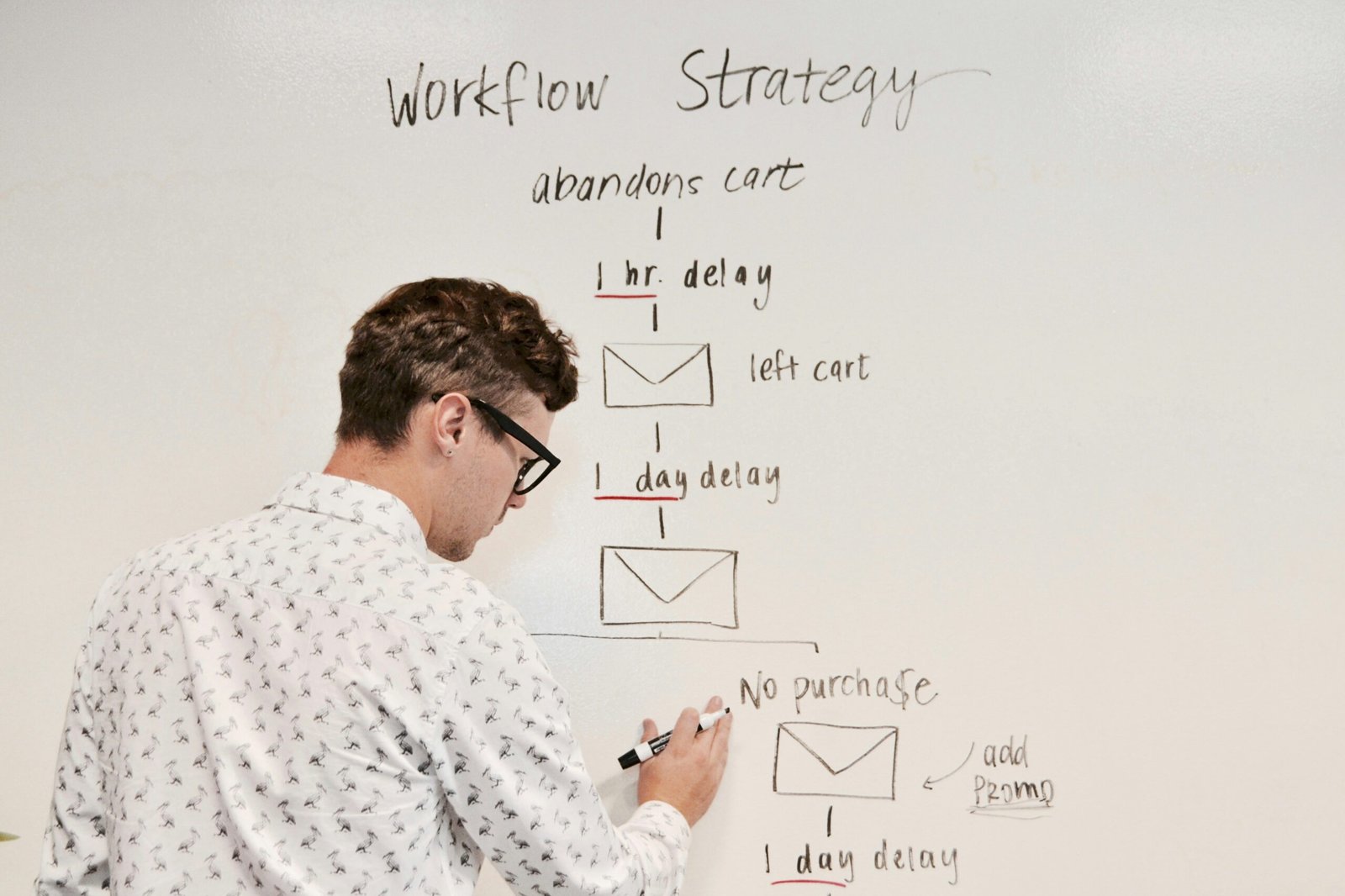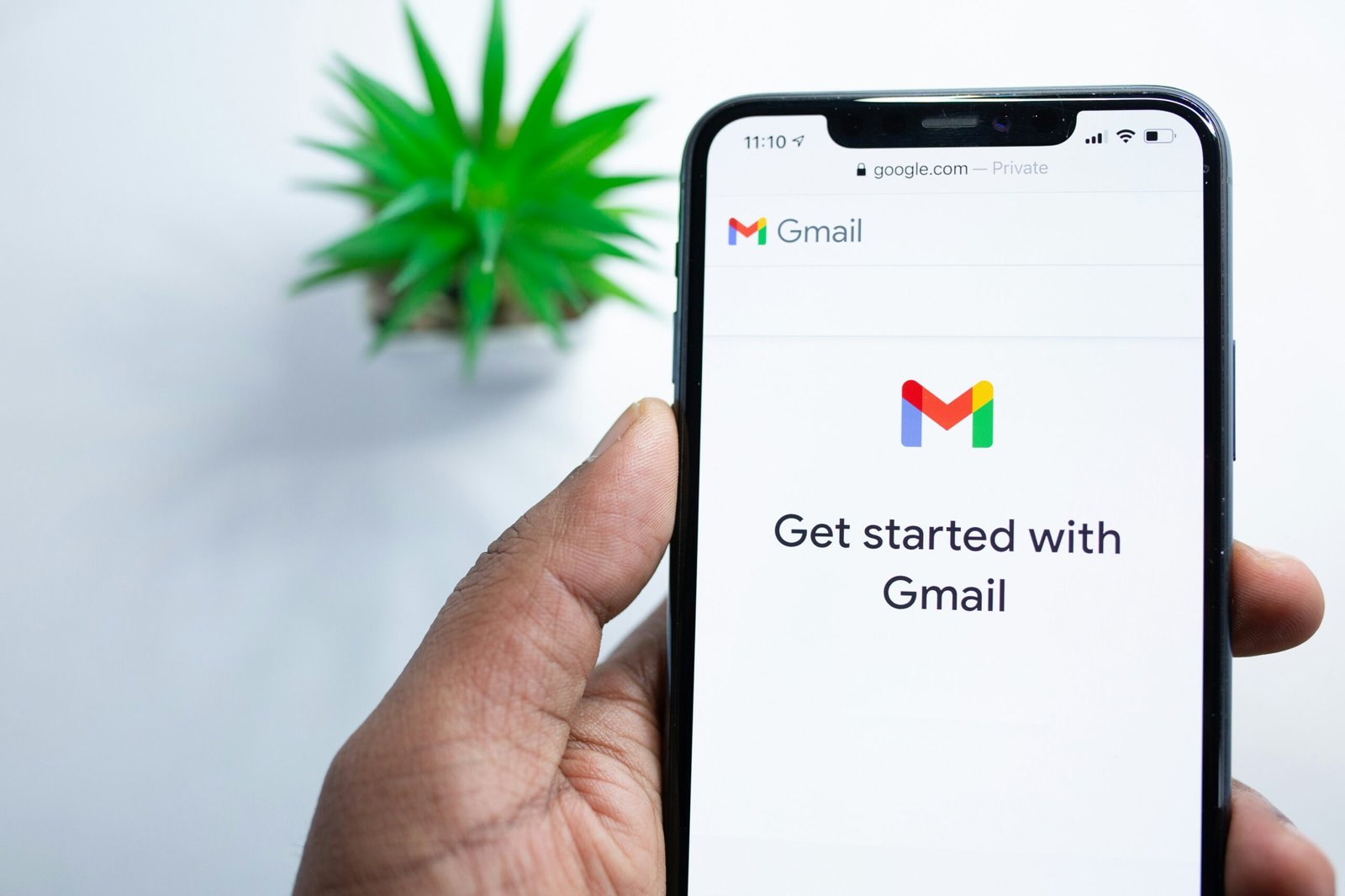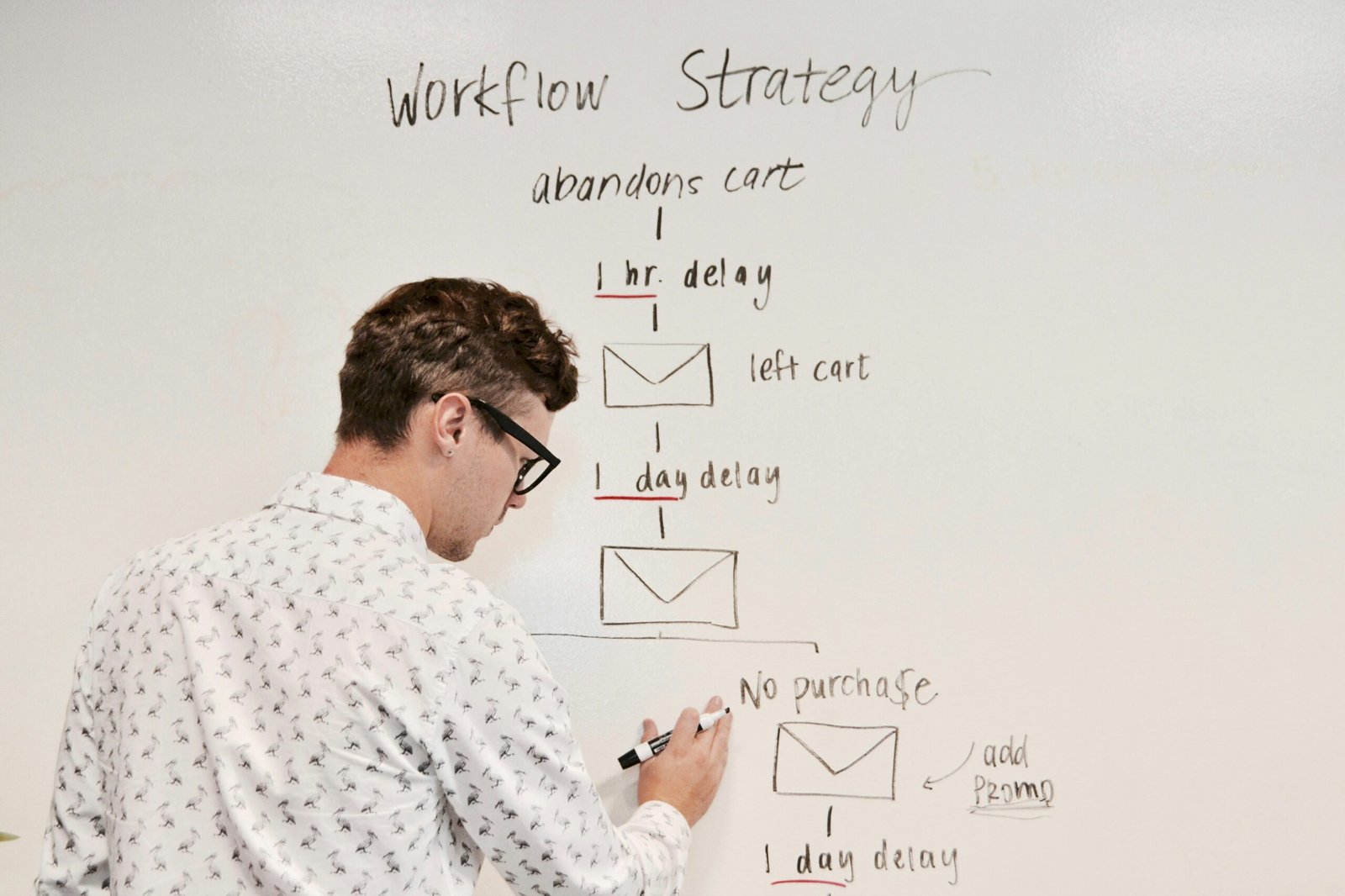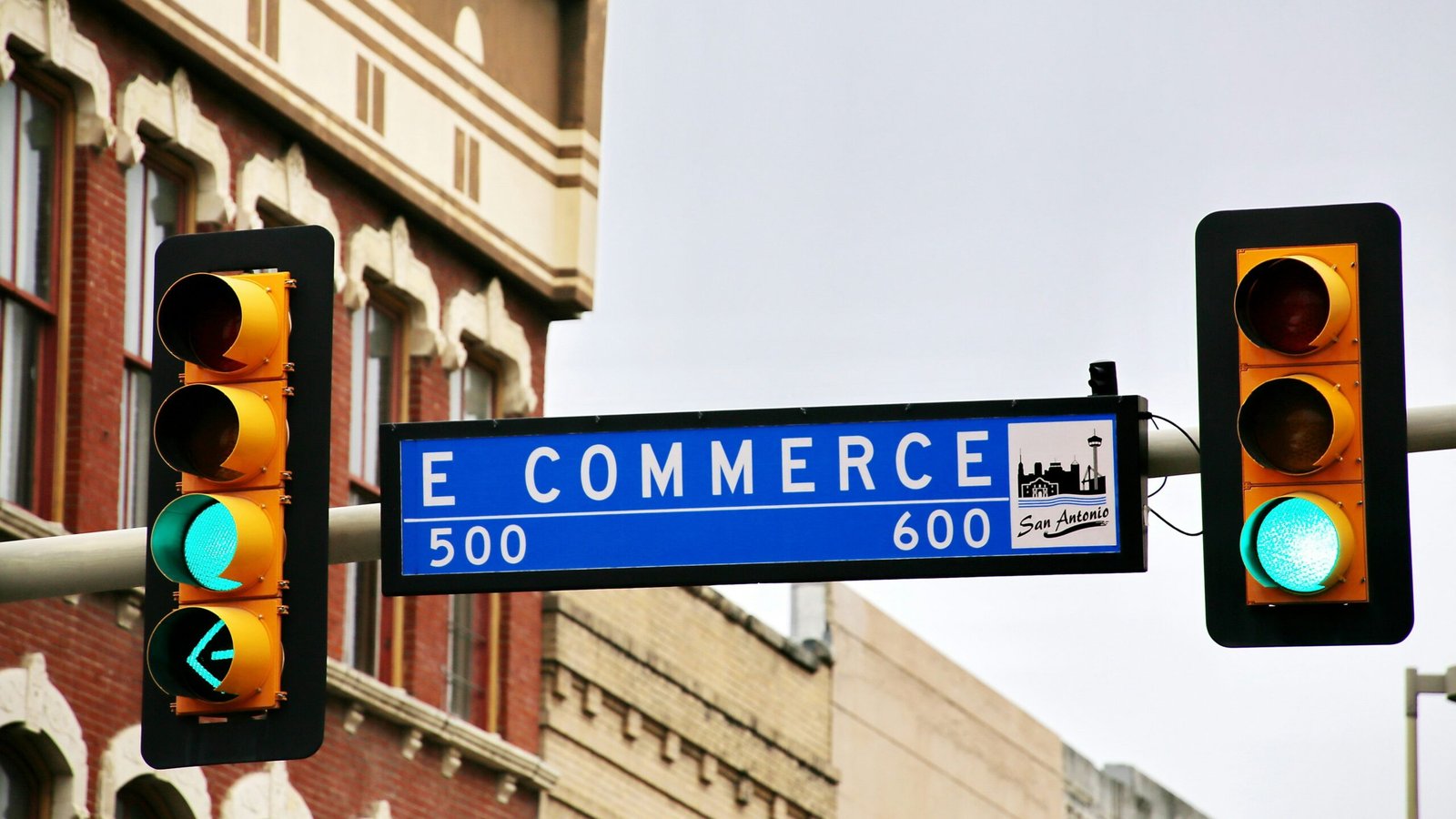Different Types of Emails for Different Stages of the Customer Journey
In today’s digital age, email has become an essential communication tool for businesses to connect with their customers. However, not all emails are created equal. Different types of emails serve different purposes depending on where they’re being used in the customer journey. Understanding these distinctions and crafting targeted emails can significantly enhance your marketing efforts and improve customer engagement. In this blog post, we will explore the various types of emails and their significance at different stages of the customer journey.
Awareness Stage
The awareness stage is the initial phase of the customer journey, where potential customers become aware of your brand and its offerings. At this stage, the primary goal is to grab their attention and generate interest. Here are some types of emails that work well during this stage:
Welcome Emails
A welcome email is the first impression a customer has of your brand. It sets the tone for the relationship and should make a lasting impact. A well-crafted welcome email provides a warm introduction, shares key information about your brand, and encourages engagement.
Newsletters
Newsletters are a great way to share valuable content, industry insights, and updates with your audience. By providing relevant and engaging information, you establish your brand as an industry expert and build trust with potential customers.
Consideration Stage
During the consideration stage, potential customers have shown interest in your brand and are evaluating their options. The goal at this stage is to nurture leads and provide them with the information they need to make an informed decision. Here are some types of emails that are effective during this stage:
Educational Emails
Educational emails provide in-depth information about your products or services. They address common pain points, highlight key features, and showcase how your offerings can solve the customer’s problems. These emails help build credibility and trust, positioning your brand as the go-to solution.
Case Studies/Testimonials
Case studies and testimonials provide social proof and demonstrate the value of your offerings. Sharing success stories and positive customer experiences can help potential customers visualize themselves benefiting from your products or services.
Decision Stage
The decision stage is when potential customers are ready to make a purchase or take the desired action. At this stage, it’s crucial to provide the final push and encourage conversion. Here are some types of emails that are effective during this stage:
Discounts and Offers
Offering exclusive discounts or limited-time offers can create a sense of urgency and incentivize potential customers to take action. These emails can be highly effective in driving conversions and closing deals.
Abandoned Cart Reminders
Abandoned cart emails are sent when a customer adds items to their cart but doesn’t complete the purchase. These emails serve as gentle reminders and provide an opportunity to address any concerns or offer additional incentives to encourage the customer to complete their purchase.
Post-Purchase Stage
The customer journey doesn’t end with a purchase. The post-purchase stage is an opportunity to deepen the relationship with your customers and encourage loyalty. Here are some types of emails that work well during this stage:
Order Confirmations and Shipping Updates
Order confirmation emails provide customers with peace of mind, assuring them that their purchase was successful. Shipping updates keep customers informed about the progress of their order, enhancing the overall customer experience.
Post-Purchase Surveys and Feedback Requests
Collecting feedback from customers is invaluable for improving your products, services, and overall customer experience. Sending post-purchase surveys or feedback requests shows that you value their opinion and are committed to continuous improvement.
In conclusion, different types of emails serve different purposes at various stages of the customer journey. By understanding these distinctions and crafting targeted emails, you can effectively engage your audience, nurture leads, drive conversions, and build long-lasting customer relationships. Remember to always provide value, personalize your messages, and optimize your emails for each stage of the customer journey.







